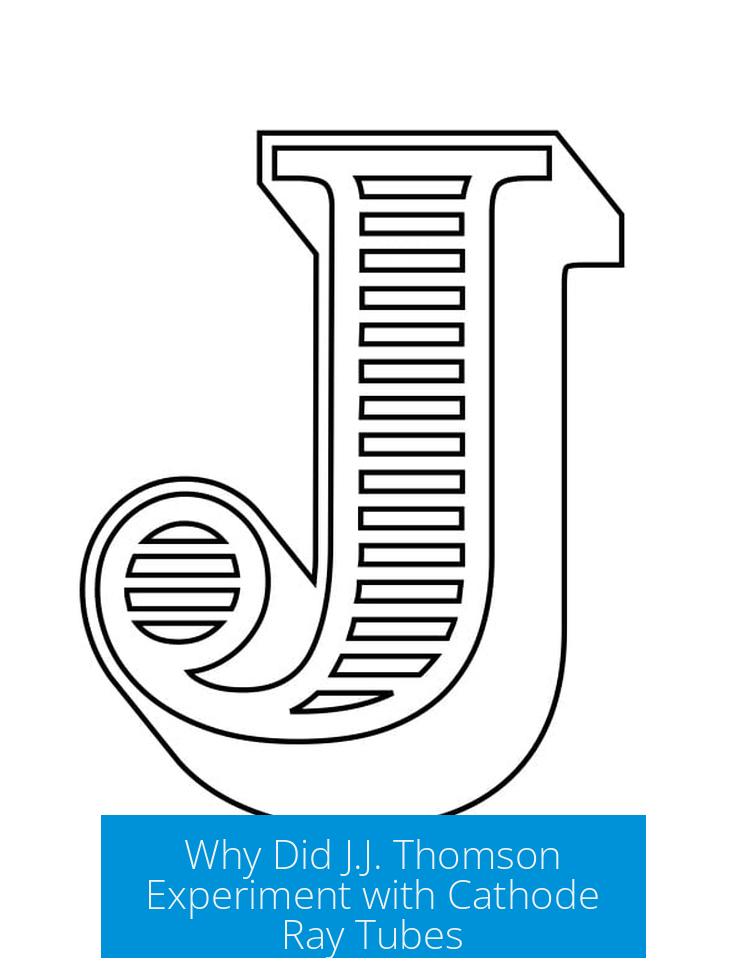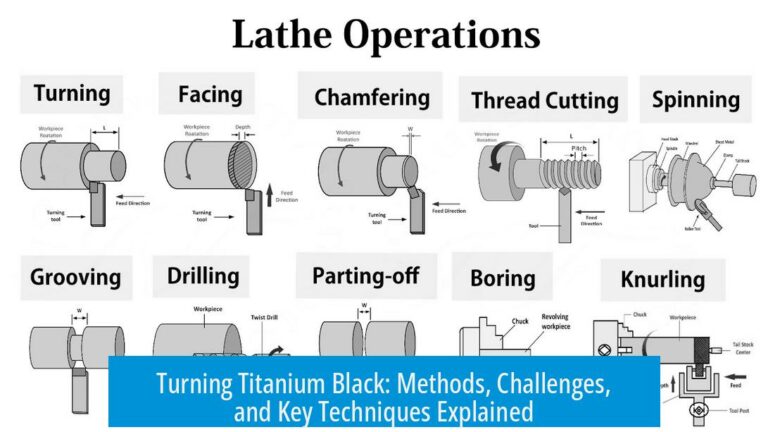Why Did J.J. Thomson Experiment with Cathode Ray Tubes?

J.J. Thomson experimented with cathode ray tubes to investigate whether atoms were indivisible or composed of smaller particles, eventually identifying electrons through the behavior of cathode rays within electric and magnetic fields.
Purpose Behind Thomson’s Experiments
At the end of the 19th century, the prevailing belief was that atoms were the smallest units of matter. Thomson questioned this assumption. He sought to explore if atoms contained smaller constituents. This challenge to atomic indivisibility motivated him to study the fundamental structure of matter.
Why Use Cathode Ray Tubes?
Cathode ray tubes were known devices that emitted streams called cathode rays inside a vacuum. Previous researchers observed these rays’ electrical and magnetic behaviors but had not resolved their nature. Thomson recognized cathode rays as a promising tool for probing subatomic particles.
- The vacuum tube created a near-empty environment for free movement of particles.
- Electrodes within the tube generated cathode rays (streams of electrons).
- The tube’s design allowed application of electric and magnetic fields to affect the rays.
Experimental Design and Use of Components
Thomson devised experiments applying electric and magnetic fields across the vacuum tube. By observing how the cathode rays deflected, he gathered quantitative data on their behavior.
- Electric fields pushed the rays, changing their paths due to charge.
- Magnetic fields also deflected the rays, influenced by both velocity and charge.
- Measuring these deflections enabled Thomson to calculate the charge-to-mass ratio of the particles.
This arrangement required carefully assembled parts: the vacuum tube to generate the rays, electrodes to emit electrons, and sources of electric and magnetic fields for controlled deflection.
Outcome and Significance of the Assembly

Thomson concluded that cathode rays were streams of negatively charged particles smaller than known atoms. He named them “corpuscles,” now known as electrons. This finding revolutionized atomic theory by proving atoms are divisible.
The choice of components—the vacuum tube, cathode, electric plates, and magnets—was crucial. Each played a role in producing, controlling, and measuring the behavior of subatomic particles. Thomson’s thoughtful assembly of these materials was directly linked to his aim to detect and study particles smaller than atoms.
Key Takeaways
- Thomson used cathode ray tubes to test the existence of subatomic particles.
- Prior research on cathode rays’ electrical and magnetic properties guided his approach.
- Electric and magnetic fields in the tube allowed precise measurement of particle properties.
- His experiments showed atoms contain smaller, negatively charged particles—the electrons.
Why did J.J. Thomson choose cathode ray tubes for his experiments?
Thomson used cathode ray tubes because previous studies showed they emitted streams of particles. He saw them as a way to explore if atoms had smaller parts. The tubes allowed him to create and observe these rays in a controlled setting.
What led Thomson to include electric and magnetic fields in his setup?
He knew electricity and magnetism could influence charged particles. By adding these fields, he aimed to measure how the cathode rays deflected. This deflection revealed critical properties like charge-to-mass ratio.
How did Thomson’s background influence his experimental design?
His deep understanding of electricity and magnetism guided him. He combined this knowledge with the cathode ray tube’s features to build experiments that could reveal particle behavior. Each component served a clear investigative purpose.
Why assemble specific components like vacuum tubes, cathodes, and magnets?
The vacuum tube created a space for rays without air interference. The cathode produced the rays. Magnets and electrodes helped manipulate ray paths. Together, these parts let Thomson detect particles smaller than atoms.
What was Thomson’s thought process behind the whole experiment?
He doubted atoms were indivisible. He set out to prove smaller parts existed by studying cathode rays. Using known physics and available tools, he designed an experiment to isolate and study these mysterious particles.





Leave a Comment